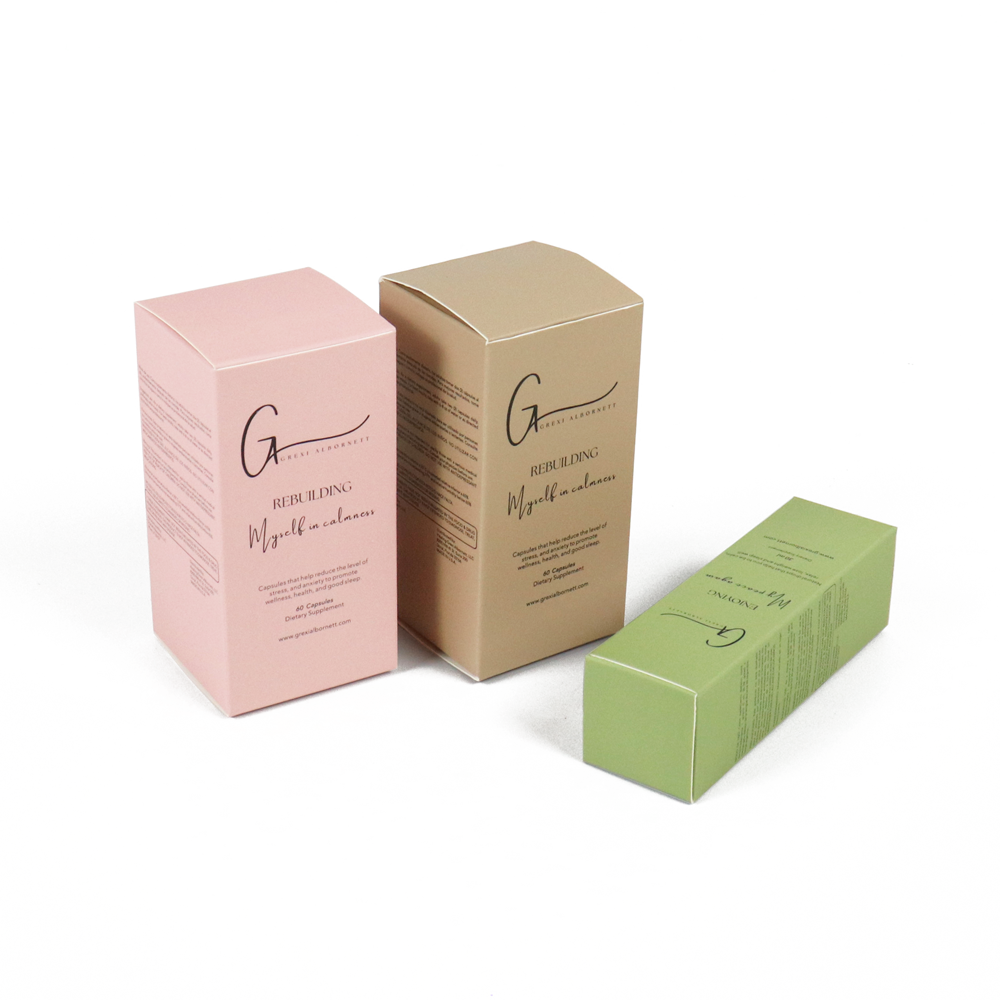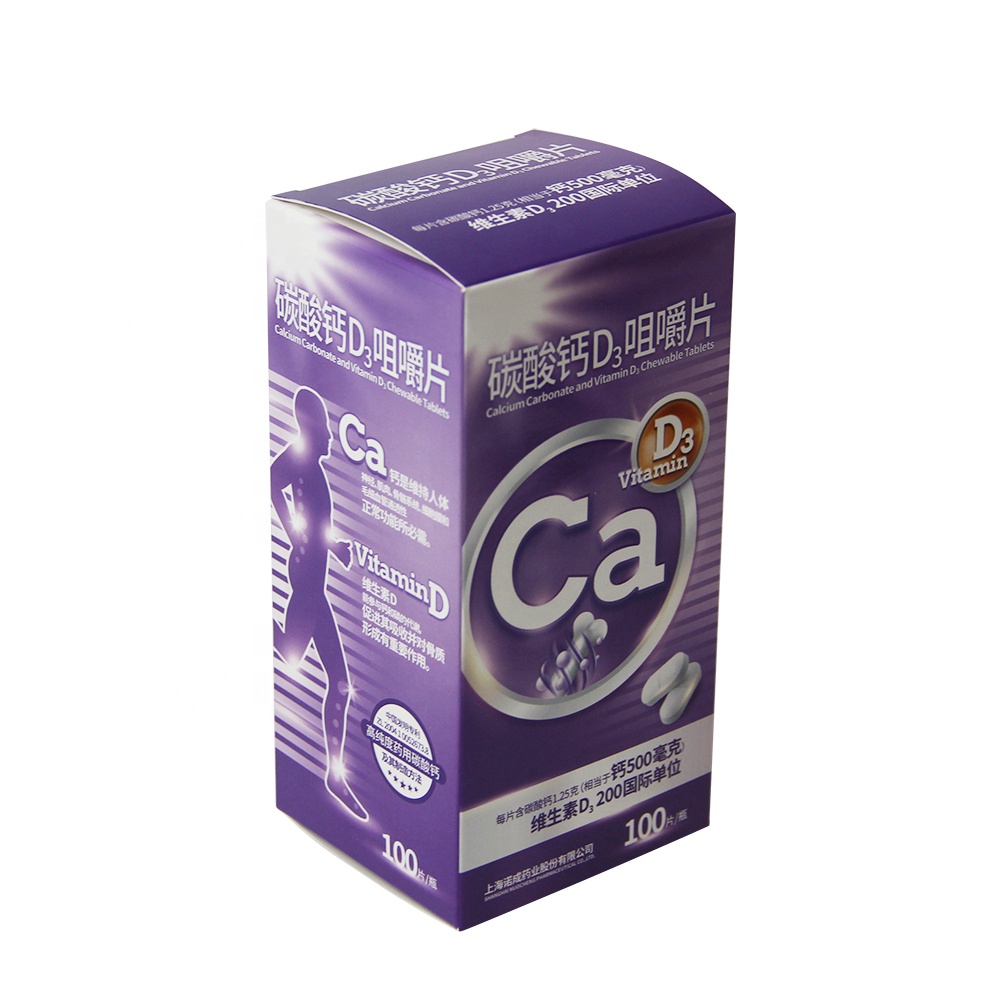Съдържание
In today’s fast-paced world, where marketing messages are delivered in snippets and images are processed in seconds, packaging plays a pivotal role in capturing consumer attention. As Leatrice Eiseman, a renowned color expert and Executive Director of the Pantone Color Institute, states, “Consumers don’t always read messages on the package.” This highlights the importance of visual elements—especially color—as a communication tool in an era dominated by non-verbal cues. Packaging design, when done right, is not only about protection but also about creating an immediate connection with the consumer. In this article, we will explore how your packaging’s visual components impact consumer decisions and behavior, from the initial attraction to the final purchase.

1. The Crucial Role of Packaging in Point-of-Purchase Decisions
Research indicates that up to 85% of consumer purchasing decisions are made at the point of purchase. Whether online or in a brick-and-mortar store, consumers are often confronted with a multitude of choices in a matter of seconds. The visual appeal of your packaging is one of the first factors that influence these decisions. Packaging must stand out in a crowded marketplace, trigger immediate interest, and communicate the brand’s message effectively. Here are the key visual elements that can make or break the decision-making process:
- Distinctive color schemes that capture attention and convey meaning.
- Shapes and sizes that differentiate the product from competitors.
- Textural effects that add a tactile element, encouraging consumers to interact with the product.
- Finishing techniques such as embossing or foil stamping that elevate the product’s perceived value.
In a world where choices are made quickly, consumers rely on visual cues like color, texture, and packaging shape to assess products. The right packaging can not only grab attention but also trigger an emotional response that leads to a purchase.
2. How Packaging Communicates Your Brand Message
The design of your packaging communicates your brand’s identity and values to consumers. A product’s color scheme, shape, graphic elements, and even small details like metallic finishes or easy-to-open features all contribute to how your brand is perceived. For instance, luxury brands may use rich, dark tones with soft-touch finishes to evoke a sense of elegance, while health-conscious brands may opt for clean, green tones with minimalist designs. Understanding the emotional response of your target audience is key to crafting packaging that resonates with them.
To design packaging that speaks to your audience, consider the following factors:
- Consumer demographics—including age, gender, and economic status—can influence design choices. A younger audience may appreciate bold, trendy designs, while an older audience may gravitate toward more classic, understated packaging.
- Market trends—for example, eco-friendly packaging may appeal to environmentally-conscious consumers.
- Brand personality—whether your brand is fun, luxurious, health-focused, or innovative, the packaging should reflect that personality.
By aligning packaging with your brand message, you ensure that the visual elements not only attract attention but also build a deeper connection with your target audience. Packaging becomes more than just a container; it’s a silent ambassador for your brand.
3. The Power of Color in Packaging Design
Color is one of the most influential elements in packaging design. It can evoke emotions, shape perceptions, and even influence purchasing behavior. According to studies, the right color can increase brand recognition by up to 80%. When used strategically, color can draw the consumer’s eye to your product and communicate its qualities without a single word being read. For instance, red often denotes excitement and urgency, while blue conveys trust and calmness.
3.1 The Psychology of Color
Colors are not only visually appealing—they trigger specific emotional and psychological responses. Each color carries its own set of connotations. Understanding the psychology of color can help you select the right palette for your brand and product:
- Red is often associated with energy, passion, and excitement. It’s commonly used in the food and beverage industry to increase appetite and create urgency.
- Blue symbolizes trust, security, and professionalism, making it a popular choice for financial services, healthcare, and technology brands.
- Green evokes feelings of health, nature, and sustainability, ideal for organic products or eco-friendly brands.
- Black represents sophistication, luxury, and exclusivity, which is why it’s often used in high-end fashion and luxury goods.
- Yellow is linked with optimism, warmth, and happiness, and is often used in products aimed at younger or playful demographics.
3.2 The Impact of Color Combinations
When selecting colors for packaging, it’s important not only to consider individual colors but also how they work together. Harmonious color combinations can enhance the visual appeal and effectiveness of packaging. For example, using complementary colors (like blue and orange) or analogous colors (like green and yellow) can create a balanced and attractive design.
4. Textural Elements and Finishing Techniques
While color plays a crucial role, textural elements and finishing techniques can elevate your packaging design to the next level. Tactile features like embossing, debossing, and soft-touch coatings encourage consumers to physically engage with the product. These textures create an enhanced sensory experience, which can significantly increase interest and improve brand recall.
4.1 The Tactile Experience
When consumers touch a package, they form an emotional connection with the product. Packaging with unique textures, such as rough finishes, soft-touch coatings, or raised designs, adds a layer of engagement that goes beyond the visual. For instance, a luxury perfume brand might use soft-touch finishes to communicate elegance, while a handmade soap brand might use rough, unpolished textures to emphasize the authenticity of the product.
4.2 The Power of Finishing Techniques
Finishing techniques like foil stamping, UV coating, and varnishing can make a huge difference in how the packaging is perceived. Foil stamping can add a luxurious, shiny element, while UV coating provides a glossy, high-end finish that stands out on the shelf. These techniques not only enhance the aesthetics of the packaging but also create a more premium perception of the product inside.
5. Structural Design: Making Your Packaging Functional and Attractive
The structure of your packaging is just as important as its visual elements. Packaging that’s both visually appealing and structurally sound ensures that the product inside is protected and easy to access. A well-designed structure can also communicate the product’s value and purpose, making it more attractive to consumers. Whether it’s a box, bottle, or pouch, the structural design should reflect the product’s contents and enhance the overall consumer experience.
For example, a skincare product may require an elegant, easy-to-open box that exudes luxury, while a tech gadget might benefit from sleek, minimal packaging that emphasizes functionality and modernity. At JohnsByrne, our structural design team works closely with brands to create packaging solutions that balance aesthetic appeal with practicality, ensuring that every detail is carefully considered.
6. How Packaging Drives Consumer Behavior: Emotional Connections and Instant Gratification
Packaging is not just a marketing tool; it’s a means of forging an emotional connection with the consumer. The right visual design, including colors, textures, and finishes, can evoke specific feelings that influence purchasing decisions. Consumers are more likely to purchase a product if they have a positive emotional response to the packaging. This connection can be further strengthened through thoughtful design elements that reflect the consumer’s desires and aspirations.
6.1 Instant Gratification and the Unboxing Experience
Consumers today expect more than just a product; they want an experience. The unboxing experience has become a key factor in consumer behavior. Packaging that is easy to open, visually appealing, and engaging encourages consumers to share their experience on social media, further promoting the brand. Custom packaging that surprises and delights the consumer can make a lasting impression, encouraging repeat purchases and fostering brand loyalty.
6.2 Creating a Lasting Impression
Packaging is often the first physical interaction consumers have with a brand. If the packaging makes a strong first impression, it can lead to increased brand recall and loyalty. Brands that pay attention to the finer details of their packaging—such as selecting the right colors, textures, and finishes—are more likely to stand out and leave a lasting impression on their audience.
7. FAQs About Visual Packaging Design
1. How does color affect consumer purchasing decisions?
Color plays a critical role in consumer behavior by evoking emotions and shaping perceptions. It can influence how consumers view a product’s quality, value, and trustworthiness. The right color can increase brand recognition and improve the likelihood of purchase.
2. How can I make my packaging stand out on the shelf?
To make your packaging stand out, consider using bold, contrasting colors, unique shapes, and creative graphic designs. Incorporating textures and special finishes like embossing, foil stamping, or gloss can further differentiate your product from competitors.
3. What are some eco-friendly packaging design options?
Eco-friendly packaging options include using sustainable materials like recycled paper, glass, and biodegradable plastics. Minimalist designs that reduce excess packaging also promote sustainability while maintaining a premium look.
4. How can I create a memorable unboxing experience?
To create a memorable unboxing experience, focus on using visually appealing packaging that engages the consumer’s senses. Adding personal touches, such as custom notes or unexpected surprises, can enhance the experience and encourage social sharing.
Заключение
Packaging is more than just a container—it’s a vital marketing tool that communicates your brand’s story, attracts consumers, and influences purchasing behavior. By paying attention to visual elements such as color, texture, structure, and finishing techniques, you can create packaging that not only protects your product but also elevates your brand’s identity and connects with your target audience. The right packaging design can be the difference between a product that’s overlooked and one that’s irresistible.










